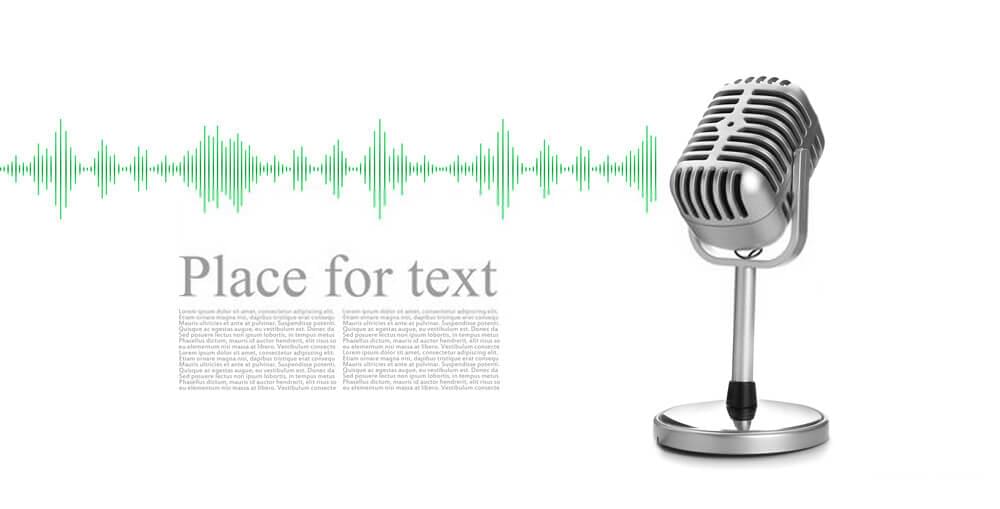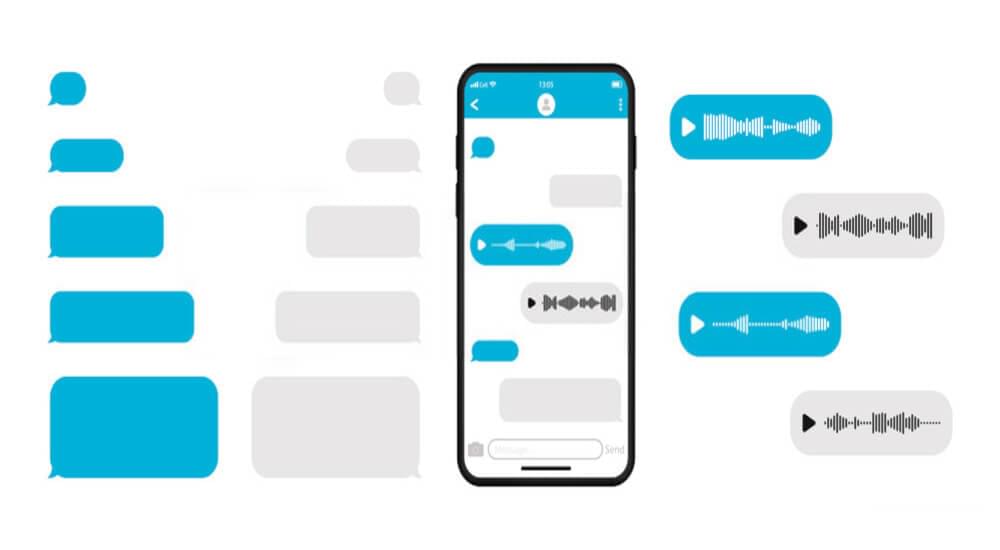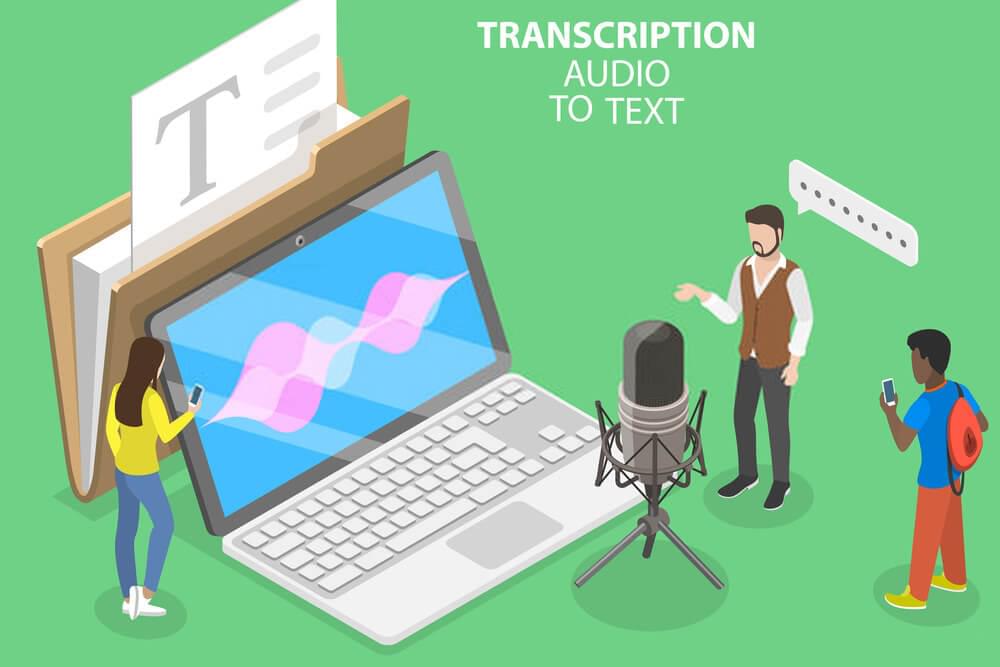
benefits of subtitles in video
6 Powerful Uses of AI Speech Recognition Software Today and Beyond
Have you ever wondered, how smartphones receive information like “Call Dad,”, “Send text to Boss,” “Play songs of Taylor Swift,” “Switch on the inverter”, then you are not alone? But how is it possible? The only defiant answer is speech recognition. Speech recognition saw its boom in the last decades, but the pandemic made it touch new heights.
If we jump a little back into 1962, it was first introduced by IBM by unveiling the first machine capable of recognizing human voice and converting it into text. Today, the mutual power of Artificial Intelligence, Machine Learning and Deep Learning, speech recognition is touching new milestones.
With the expounding technology, global companies like Alexa, Amazon, Apple, Siri, Google Speech, Google Assistant, Oculus VR, and Cortana are the prime examples of Speech Recognition. With ever-growing speech-to-text technology, new business and job opportunities are opening up.
What is Speech Recognition?
Speech recognition is an activity of intelligently understanding a user’s voice and transforming it into text. It is mainly of 3 types:
- Automatic Speech Recognition (ASR)
- Computer Speech Recognition (CSR)
- Speech to Text (STT)
Key Takeaways: Speech Recognition and Voice Recognition are two separate things. Speech recognition is what converts speech-to-text while voice recognition is to recognize the voice and identify to whom it belongs. Voice Recognition is mainly used for security and verification purposes.
How Has AI, and ML Affected the Future of Speech Recognition?
AI and ML gave rise to the use of speech recognition. Therefore, speech recognition is used to wake up appliances, run queries, monitor fitness goal devices, play songs, send messages, and make calls. Using speech recognition is growing 17.2% at the Cumulative Annual Growth Rate and expect to reach worth 26.8 billion by 2025 in the global market.
While initially, speech recognition faced some biggest challenges, such as poor voice recording devices, disrupted noises, and unsmooth pitches, etc. One of the other challenging factor like grammatical errors such as recognizing Homonyms.
Artificial Intelligence played a significant role in canceling noise, filtering sounds, and understanding the meaning of words depending on the background context. Therefore, today, speech recognition is able to achieve 95% efficiency, which is 30% more than it was 30 years back. Moving along with the pace of ever-growing technology, another bigger challenge that is yet to be resolved is the capability of understanding feelings, emotions and making significant progress on this part.
Almost every businessman who wants to digitize their business is looking forward to leveraging the benefits of speech recognition. The increased popularity of speech recognition in the business world.
The more advanced features of speech recognition are becoming a driving factor of leveraging benefits for businesses. Back in 2016, more than 20% of users used to search on Google through the voice assistant, and it’s been growing ever since. Therefore businesses and tech giants are automating their operations and services to upscale their businesses capabilities.
Some of the essential voice recognition uses of today are listed below.
- One of the most basic use of voice recognition is to perform basic functions such as giving commands on Google, scheduling, reminders, alarms, meetings, playing songs, controlling synched devices, etc.
- Speech recognition is now used to automate finance servicing. Financial departments use speech recognition to make transactions via using the feature of “Voice Transfer.”
- Translations into different languages have become much frictionless with the help of speech-to-text software.
- If you are a music listener and often find it challenging to discover the song you don’t remember-speech recognition has something meaningful. There are speech-recognizing websites that help you find out songs by simply humming the song’s lyrics.
- Speech recognition helps with transcribing videos and audio files.
- It’s a great help in planning, navigation, tracking through GPS.
Perks of voice recognition technology
Let’s look into the perks and boons of voice recognition technology helping millennials and discover how these benefits can transform businesses.
1. Create Personalization
‘Everything is about personalization’
Do you know what is the biggest ever mystery of the business world? From large enterprises to small firms, all are chasing after its answer. The big unknown is “what our customer wants and what we need to do to deliver it?”
Voice recognition is helping businesses remove the communication gap and know more about their customers’ desires. Voice assistant software is bringing your customers closer to your services. It can give your business an extra glam by adding a more personalized touch to your services. Now you can easily and quickly answer their needs.
More customized conversations can be created with Voice AI, which can offer a better connection between the business and the customers.
2. Generates More Time
Talking is faster than typing!
When it comes to making your work life more manageable, speech software comes in handy. These tools offer more efficient voice inputs than typing.
When AI is fueling voice recognition, it is improving day by day. The University of Stanford has been enhanced to the degree where it can be much speedier and more reliable than text outputs. It has helped businesses streamline their operations, processes and uplifted the burden of typing and other related tasks while allowing employees to focus on more meaningful aspects of their jobs.

3. Expands Productivity Levels
When it comes to task management duties such as setting up call conferences, meetings, and reminders on Alexa—speech recognition is great support. The more improved managerial tasks, the more streamlined processes become to uplift productivity and efficiency.
The business world demands more efficiency and speedy delivery. People want to see end results delivered out to them in less time. The advanced speech recognition technology is ensuring the world that it can deliver tasks more efficiently and with more speed. You will see the difference between how speech recognition takes less time to acquire relevant information than if you do it manually.
Not only that, if you are dealing with different languages, you can rely on speech recognition to translate different languages instantly. AI-powered speech recognition software is growing smarter day by day as they learn to understand different accents, dialects, and low and high pitches of words. In short, AI is boosting up the accuracy and efficiency of speech recognition to 99%. With the language barriers removed, it’s a great help to achieve your business targets more quickly.
4. Makes You Accessible to Everyone
When it comes to accessibility, it is much easier for people with disabilities to communicate better and much easier. Accessibility of information to everyone has become the legal right of every habitant of the planet earth. Therefore, technology is growing its powers to empower people with disabilities or limitations to do their work like everyone else.
Moreover, speech recognition helps people with arthritis, hand tremors, or people who face difficulty in typing.

5. Reach Multiple Users At Once
With Voice AI, it has become possible to reach multiple customers at once, unlike customer support, where you can reach out and resolve the queries of one person at a time.
Now, we are sure that speech technology can improve the capabilities of business operations by increasing the number of customers and dealing with their queries more efficiently.
During the pandemic, AI-powered speech recognition tools did wonders for businesses to reach out to their customers and help them resolve their issues. With more customized AI audio assistants, the enterprises were able to pull off great deals, increasing their revenues.
With the growing popularity of speech recognition, more and more businesses are prone to invest their resources to integrate their operations with speech recognition technology.
In the coming years, more and more business operations will be depending on speech technology.
6. Enables Hand Free Work
Task performance gets better when it involves less of hands’ job and more of the automation help of speech recognition tools.
Setting up meetings, reminders, and sending out messages to customers, manually is quite laborious and can engulf the most productive part of your day.
The less occupied your employees on less productive tasks, the more efficient they will perform the more productive tasks.
How can you convert speech into text by using text-to-speech software?
Automation text conversion software is the best solution for content creators, educational organizations, the healthcare sector, and every other business to get high-quality translated text files in a matter of minutes.
An automated speech recognition tool like SubtitleBee picks intelligently all aspects of spoken words, intonations, speech algorithms, low and high pitch to create a perfect video to text converter.

SubtitleBee is an enterprise’s choice as it translates and transcribes videos into 100+ different languages. By just tapping over the language of your choice, you can get your files translated in a few minutes. It can cost you a higher amount if you use an outsourcing tool.
SubtitleBee can save you up to 3X- cheaper than any outsourcing tool. Furthermore, the spell check and QA assistance assure your text is error-free. In addition, SubtitleBee has is user-friendly for subtitling, transcribing, and translating your videos.
Closing thoughts
Speech Recognition is one of the best innovations made by expanding technological developments. There is no doubt; speech recognition technology has won the hearts of millions by its wondrous innovations and expansions to almost all fields.
Add and translate your subtitles to more than 100 languages with high accuracy












